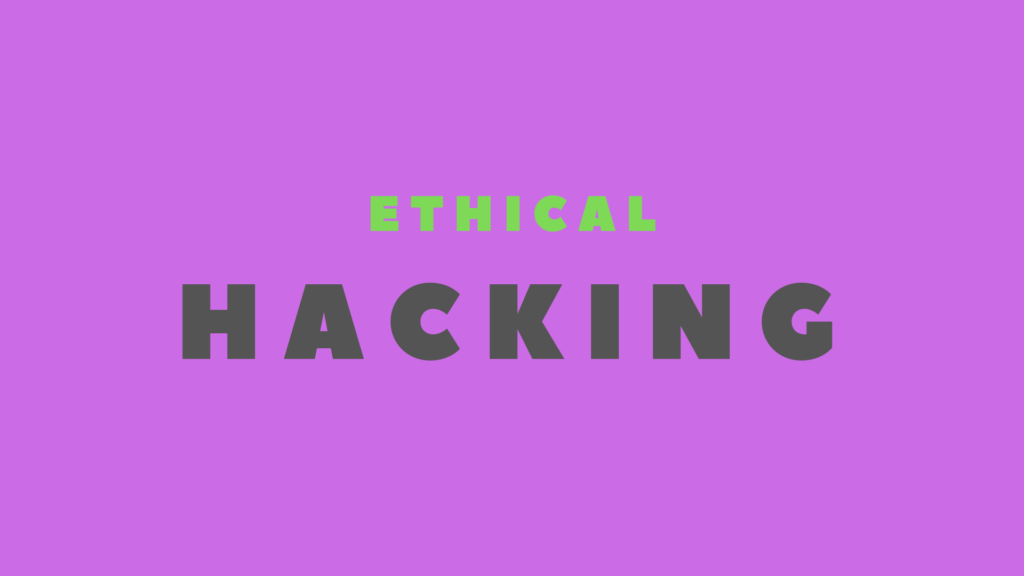Cracking the Code: How to Get Through a Paywall Without Breaking the Rules
In today’s digital world, quality journalism and premium content are often hidden behind paywalls, leaving many frustrated when they can’t access certain articles or research papers without paying. Fortunately, there are a few ways to read paywalled content legally, without compromising the ethics of online access. This article outlines some of the best, legitimate methods to help you get past paywalls without violating rules.
1. Try the “Incognito” or “Private” Browsing Mode
One of the simplest methods to bypass certain soft paywalls is to use your browser’s incognito or private mode. Some websites use cookies to track the number of free articles you’ve read before restricting access. By opening a new private window, the website won’t recognize you as a returning visitor, which can often reset your free article count.
How to do it:
- In Chrome, click the three-dot menu, then select “New Incognito Window.”
- In Firefox, click the hamburger menu, then choose “New Private Window.”
- For Safari, select “File,” then “New Private Window.”
This method may not work on all sites, especially those with more advanced paywall technologies, but it’s worth a shot.
2. Clear Your Browser Cookies
Similar to incognito mode, clearing your browser’s cookies can sometimes give you access to more free content. Many websites limit the number of articles you can view based on stored cookies, so deleting them can reset your article count.
How to clear cookies:
- In Chrome: Go to “Settings,” then “Privacy and Security,” and select “Clear browsing data.”
- In Firefox: Navigate to “Settings,” choose “Privacy & Security,” and under “Cookies and Site Data,” click “Clear Data.”
- In Safari: Go to “Preferences,” then “Privacy,” and click “Manage Website Data” to remove specific cookies.
Keep in mind, clearing cookies will log you out of any other sites you’re signed into.
3. Use Archive Websites
Archive services like the Wayback Machine at archive.org store snapshots of web pages over time. This tool can be useful if you’re trying to access an article that’s locked behind a paywall, especially if it’s an older piece.
How to use it:
- Visit archive.org/web.
- Enter the URL of the paywalled article into the Wayback Machine’s search bar.
- Choose a date when the article was available, and browse the saved version.
This doesn’t work for all websites but can be particularly useful for accessing previously available content.
4. Leverage Reader Mode in Browsers
Some web browsers, like Safari and Firefox, have a “Reader Mode” feature that strips away unnecessary elements on a page, focusing only on the article content. This might help bypass soft paywalls that only obscure the text.
How to activate Reader Mode:
- In Safari, click the icon with four horizontal lines next to the URL bar.
- In Firefox, select the book icon located to the right of the address bar.
- In Chrome, you may need an extension like “Mercury Reader” to enable a similar feature.
Reader mode doesn’t always work for every site, but it’s a useful tool for reading without distractions.
5. Google the Article Title
Sometimes, searching for the title of the paywalled article in Google can yield a version of the content available for free. Some publishers allow the first few clicks through Google searches to bypass the paywall in order to attract more visitors.
How to do it:
- Copy the article’s headline or title.
- Paste it into Google and look through the search results for a free version of the article or the full text.
This method won’t always work, but it’s quick and worth trying before resorting to other options.
6. Check if Your Library Has Access
If you need access to scholarly or in-depth articles from journals or premium news sites, check whether your local library offers access. Many libraries provide free subscriptions to databases like JSTOR, ProQuest, or even digital news outlets. All you need is a library card to log in and gain access to countless resources.
How to check:
- Visit your library’s website and navigate to their digital resources.
- Sign in using your library card number.
- Search for the journal, newspaper, or article you’re interested in.
Many libraries also offer access to research papers, eBooks, and other academic resources that would otherwise be behind paywalls.
7. Use Free Article Services
Some websites offer services that provide free access to a variety of articles that would otherwise be behind paywalls. Tools like Outline.com allow you to input a URL, and in some cases, they will display the article in full without any ads or paywall restrictions.
Another option is using browser extensions like Bardeen or Bypass Paywalls (for Chrome or Firefox). These tools often work on soft paywalls but can be blocked by more robust paywall systems.
Ethical Considerations
While these methods are helpful for gaining access to paywalled content, it’s important to remember that journalism and research require funding. Supporting your favorite publications through subscriptions, donations, or other financial means ensures that quality content continues to be produced. Bypassing paywalls should be done ethically, and if a website offers valuable information that you regularly consume, consider subscribing to support their efforts.
Conclusion
Accessing paywalled content doesn’t have to be frustrating or expensive. By using a combination of incognito browsing, clearing cookies, or leveraging archive sites and reader modes, you can legally access many articles without breaking any rules. For scholarly or premium news content, library resources are an invaluable tool, offering access to information that’s often hidden behind paywalls. Above all, be mindful of the value of content creation and support your favorite publications whenever possible.
